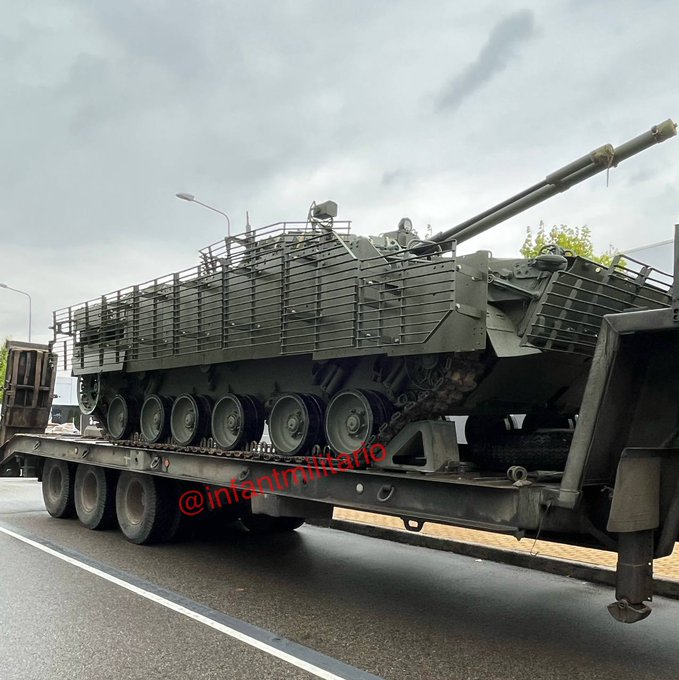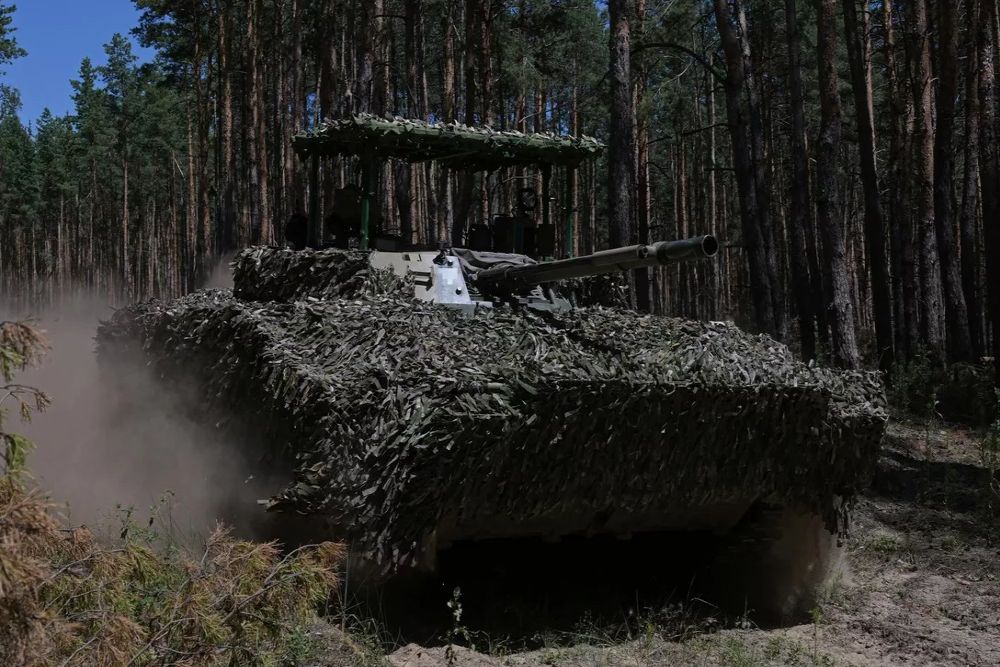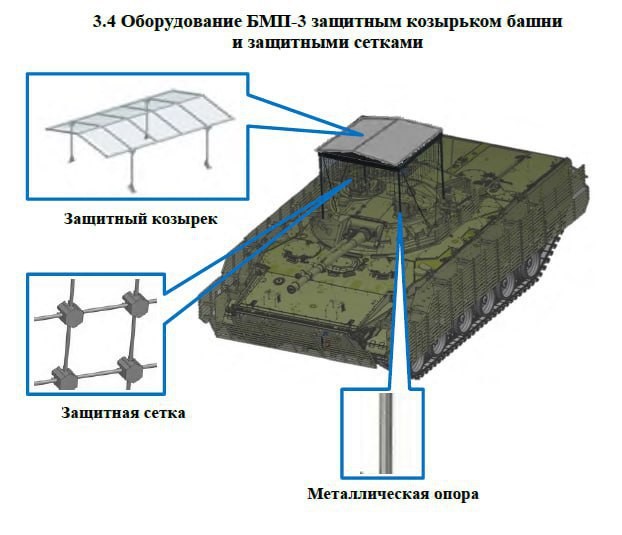It has a time fuze, set by laser on board a carrier/in a barrel.
The US 20mm grenade launcher that was going to be their next super weapon used a ballistic computer and super accurate Swiss electronic timing chips they put into each round.
Each timer was set via an induction coil the round were fed through on their way to being loaded (like ANIET) or as they were fired by an induction coil around the muzzle.
The outer barrel on the 2A38M cannon of the Tunguska and Pantsir has two induction coils that measure the muzzle velocity of one barrel in real time so as it fires it accurately adjusts for the real muzzle velocity of the round... on guns that use AHEAD type rounds they use three coils... the first two measure muzzle velocity and the third sets the timer on the shell as it goes downrange.
The core problem with these things is that to get real precision the timers in the shells have to be amazingly precise... which makes them expensive...
In comparison the Soviet 40mm underbarrel grenade launcher grenades used a small bursting charge with a short fuse and then the main charge detonated 1.5 to 2 metres in the air... very cheap and very effective but only works against ground targets and not air targets because it has to hit something to work.
If these new rounds have open bases and can look back at the vehicle that fires them and you flash a laser to set the timer fuse... well why not just eliminate the timer and flash the round when you want it to explode instead.
The precision timing could be part of the fire control system and could be expensive because it gets used for every cheap round you fire.
As I said though a laser command detonation system might have problems with smoke and dust and rain and snow so a radio command signal would work better.
If you are using a small gun mounted radar to find and track targets that could also track outgoing rounds and command detonate them at the closest point to the target then a pulse from the radar could be used to set the round off.
You could encrypt the signal with unique thousand digit codes for each round so you could selectively set off each round if you wanted and the chance of enemy interference is reduced...
The ANIET airburst round also used a timer fuse but the timer is not super precise so getting the shells to explode in precisely the right place is not easy.
Obviously the distance to the target matters so at shorter range it would explode closer to where you wanted it to explode.
If you have seen the Combat Approved episode with the T-90AM they fire some rounds into a firing range tank target and hit it within 1m or so of the centre of mass, but when they fire a HE round it appears to explode a few metres short to really damage the target they set up.
This was done from 5km range with the tank firing from stationary and moving positions.








